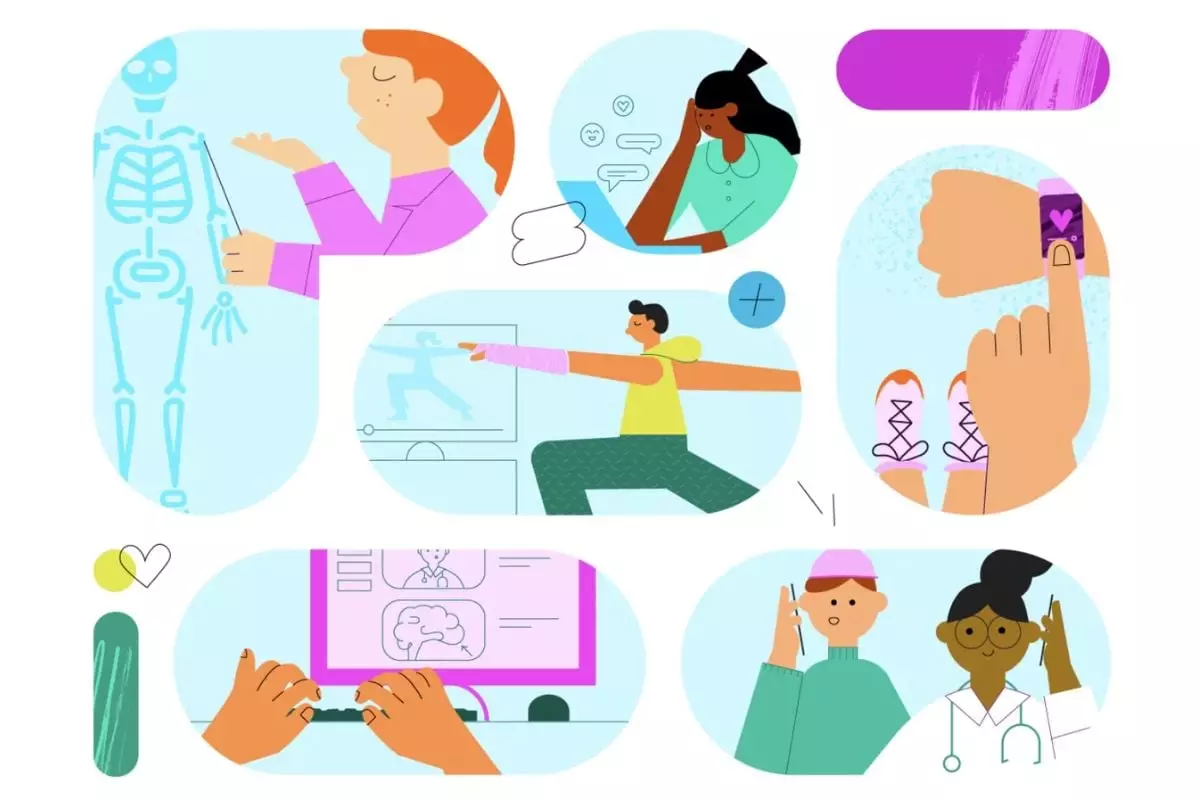In the fast-evolving digital landscape, the quest for reliable health information is more crucial than ever. YouTube, a leading platform for video content, is taking significant strides to enhance user access to quality health resources. This initiative focuses on empowering verified healthcare professionals to offer educational content, thus combating misinformation while fostering public health awareness.
YouTube has established itself as a go-to source for various types of video content, including health and wellness information. Understanding the importance of propelling credible health education, the platform introduced features such as health content shelves and health source information panels—two curated spaces designed to showcase verified content. Historically, access to these features was limited to accredited health organizations. However, recent announcements signal a broader inclusivity, opening up these vital tools for licensed healthcare practitioners, such as doctors, nurses, and mental health professionals.
This expansion represents a strategic shift in YouTube’s approach, allowing a greater diversity of voices and expertise to emerge. The health content shelf, which highlights verified videos on health topics prominently in search results, will now include content from a wider variety of professionals. This is particularly important given the plethora of dubious sources that have proliferated across the internet, often leading to confusion and fear among users seeking reliable health information.
Misinformation in healthcare can have dire consequences, influencing public perception, health behaviors, and privacy concerns. The introduction of a vetting process to allow verified healthcare providers to share information helps mitigate these risks. When content creators apply to join this initiative, YouTube evaluates them against standards set by esteemed health organizations such as the World Health Organization, ensuring that they adhere to best practices for disseminating health information. This rigorous screening fosters a higher trust level among users who can access up-to-date, scientifically accurate health resources directly from qualified professionals.
By enabling healthcare providers to share knowledge through this platform, YouTube positions itself not just as an entertainment channel but as a community-centric resource. Verified health professionals can articulate critical messages, share preventive care strategies, and respond to pressing public health issues in real-time, which is especially pertinent during health crises like pandemics.
The integration of the health content shelf and information panels addresses a pressing need for users to find quality health resources instinctively. Users searching for specific ailments, such as diabetes or heart conditions, will encounter a carousel of curated content from legitimate sources at the top of their search results. This design choice assures that users receive credible information while minimizing the risk of falling prey to misleading clickbait.
Furthermore, the innovative approach of showcasing registered healthcare creators’ content directly aligns with contemporary expectations of individualized, accessible information. Viewers will be able to connect not just with established organizations but also with dedicated professionals in their fields, potentially turning mundane video-watching sessions into profound learning experiences.
As YouTube looks to the future, its commitment to expanding these health features into additional medical specialties projects a notable vision of inclusive health education. By actively curating a diverse range of health-related content, the platform is setting a precedent for how online video-sharing spaces can lead the charge in public health communication.
However, this initiative isn’t without its challenges. Ensuring clinical accuracy, guarding against bias in health messaging, and maintaining an unwavering commitment to privacy and ethical standards will require robust oversight. Navigating these complexities will be essential for YouTube to uphold its mission as a trusted source of health information.
YouTube’s expansion of health-related initiatives positions it to make a substantial impact on public health literacy. This move not only enhances the availability of verified information but also empowers healthcare professionals to share their knowledge, ultimately leading to a more informed society. The potential benefits of this initiative could lead to not just individual health improvements but also a collective elevation in global health standards, making the digital age a dynamic landscape for health education and advocacy.

